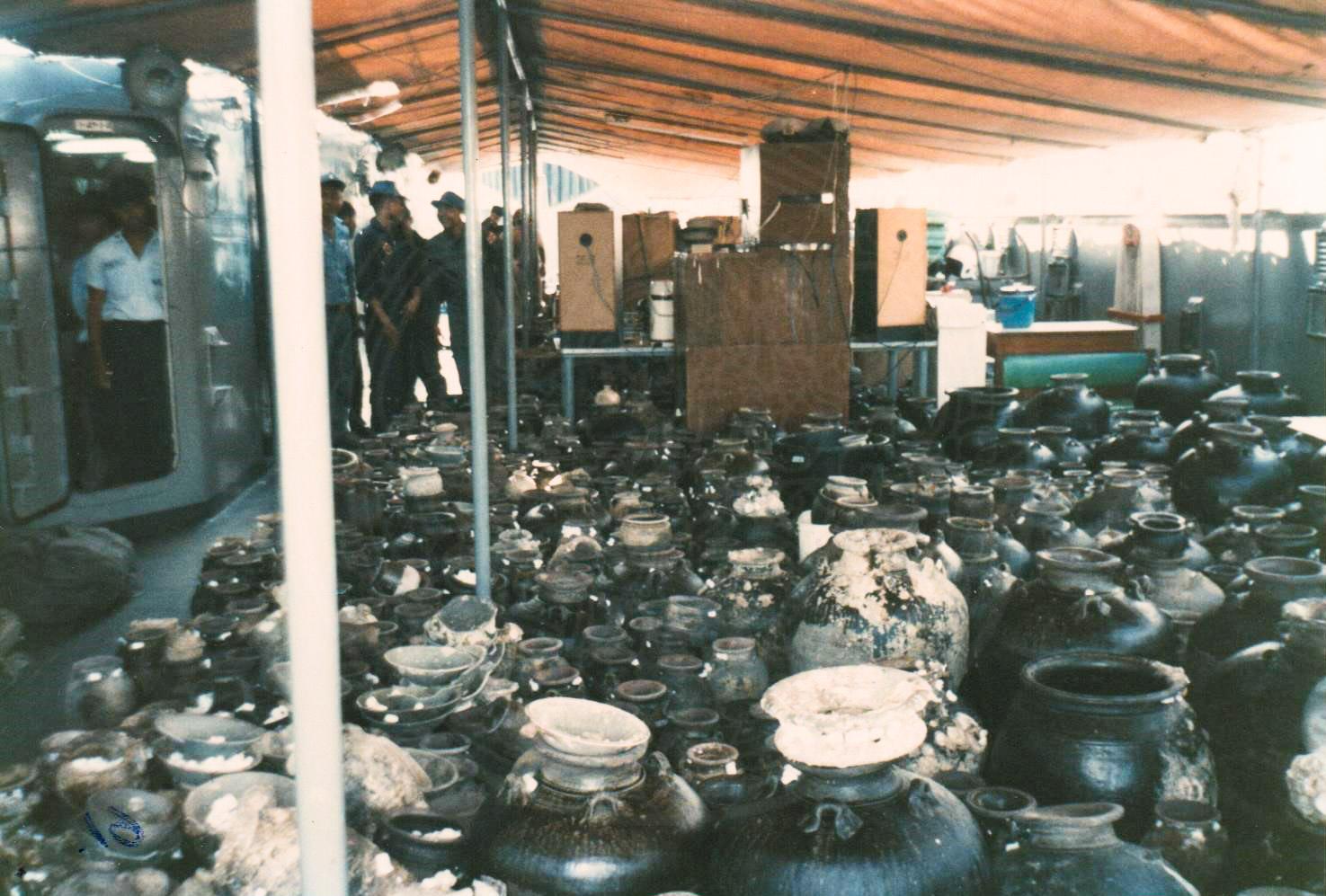Kendi
Si Satchanalai, 15th Century CE
The National Maritime Museum Thailand
This kendi or water jug with a swan-head motif was recovered from the Klang Aow shipwreck site, approximately 60 kilometres from Chonburi Province, Thailand, in 1992. Produced at the Si Satchanalai kiln (northern Thailand), this kendi is part of a collection of 10,000 artefacts. Most of the collection consists of Thai, Chinese, and Vietnamese ceramics, indicating strong trade links between Thailand and Southeast Asia during the Ayutthaya period.
The swan motif is believed to hold symbolic meaning in Brahmanism, where the swan serves as the vehicle of the god Brahma. In addition to being used as containers for drinking water, water jugs with similar motifs were also used by the elite for ceremonial and religious purposes. This artefact exemplifies the Sukhothai style of art, which is rich in local cultural elements and the craftsmanship of the Sukhothai people.
After being salvaged and transferred to the Kanchanaphisek National Museum in 1992, this kendi was officially registered in 1995 by the Underwater Archaeology Unit of Thailand and deposited into storage at the National Maritime Museum in 2002. Although the shape of the jar remains intact, most of the green glaze has worn away, leaving a fine crack along the neck.
Catalogue number: 41/13265/2535
Material: Stoneware with green glaze
Dimensions: Height 18 cm, Weight 290 grams

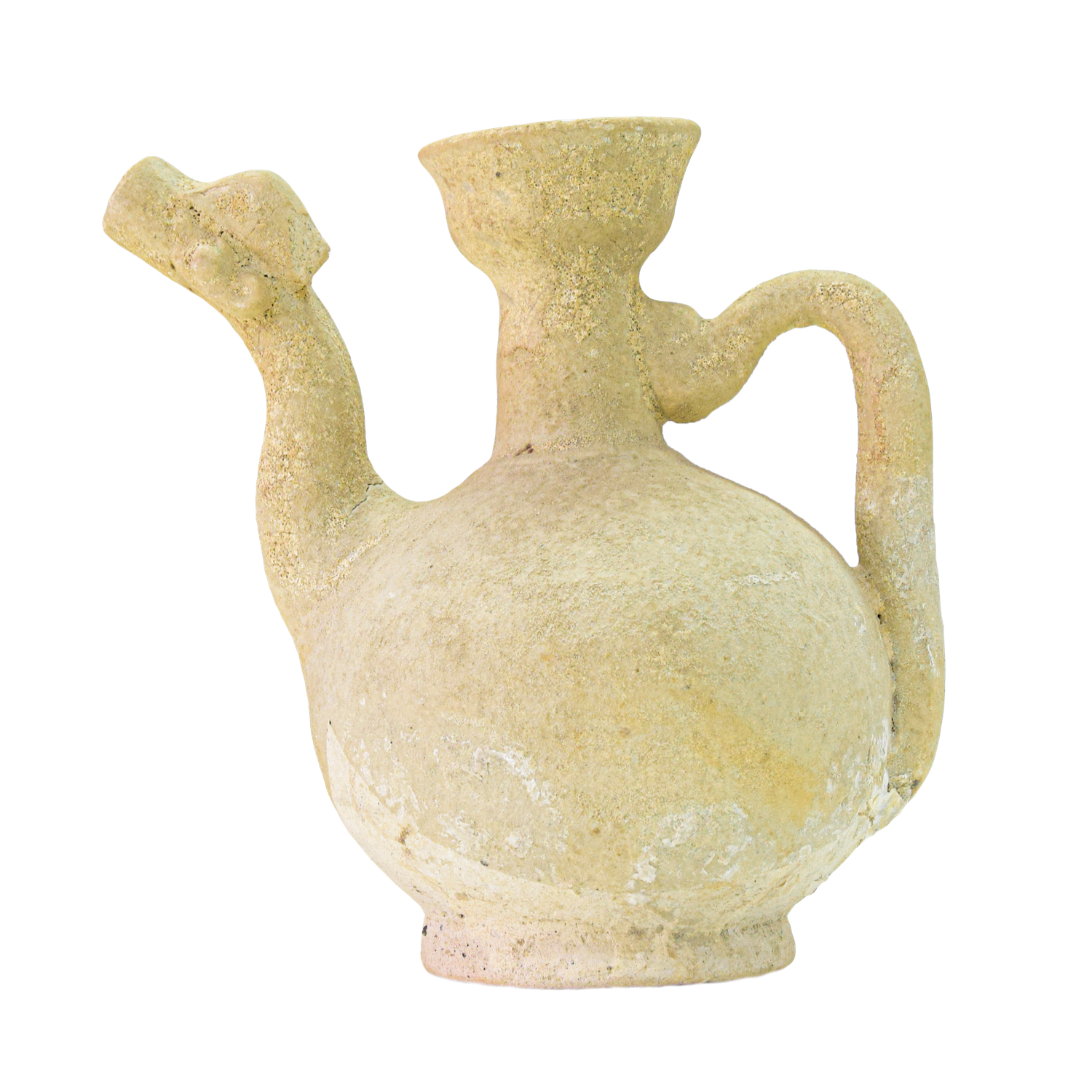
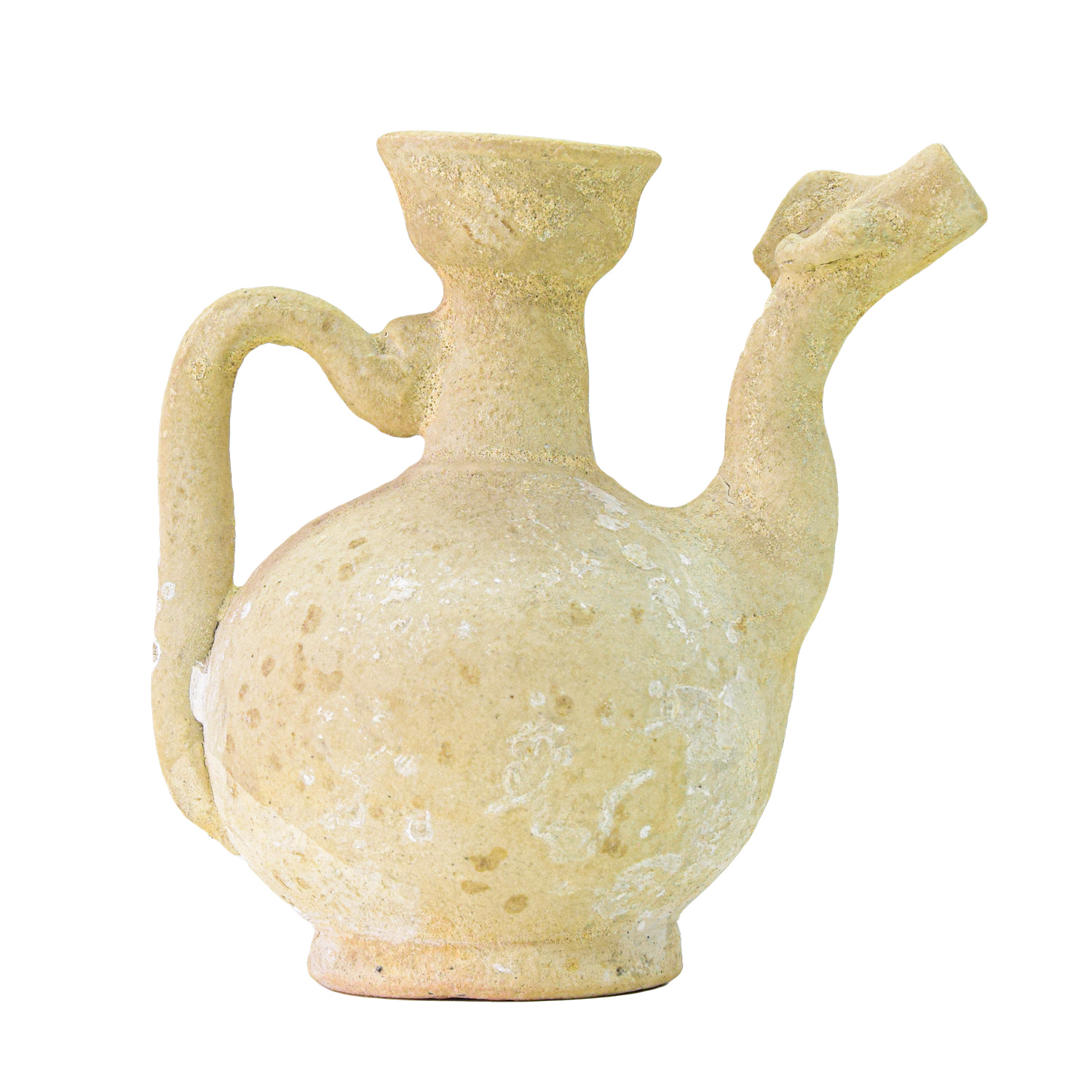
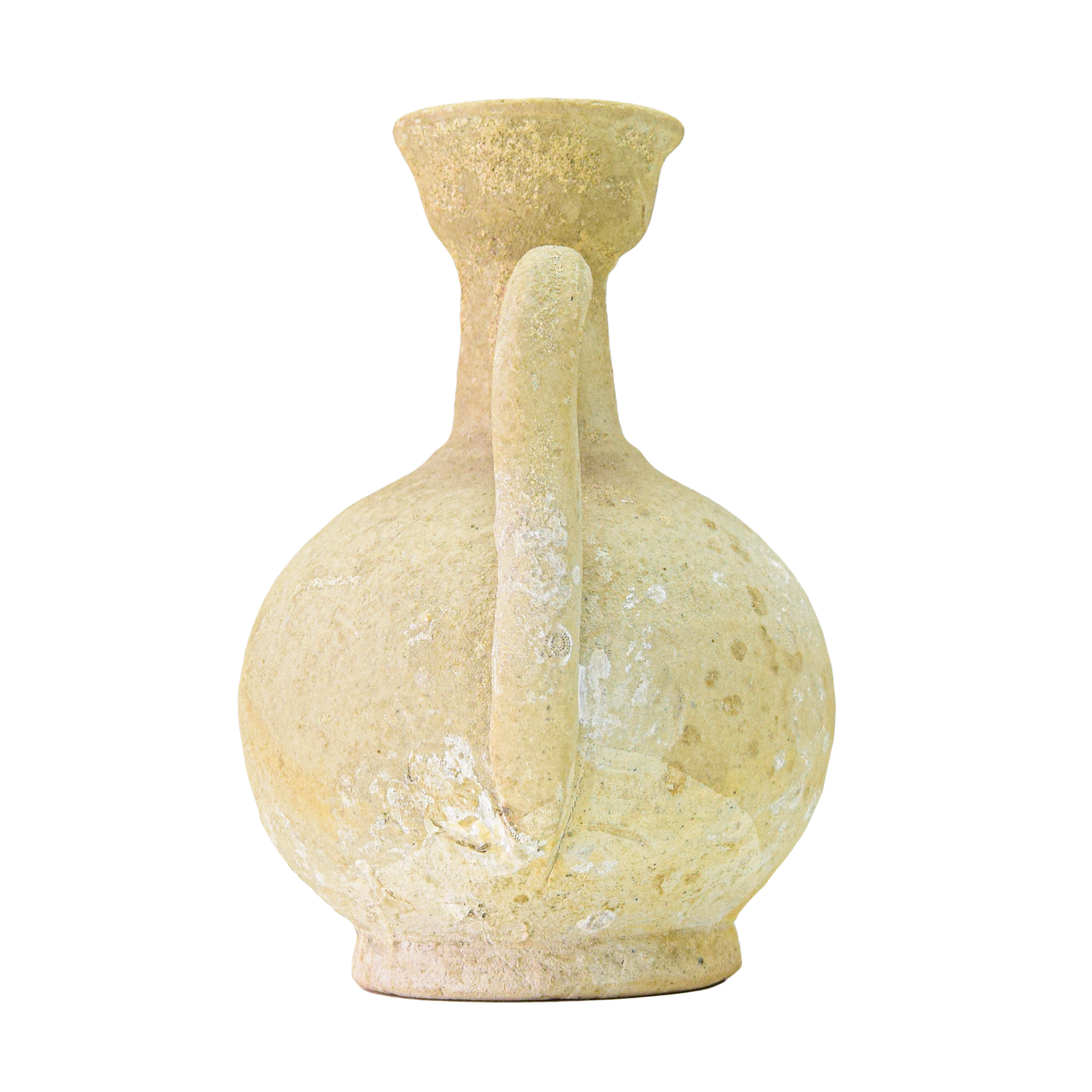
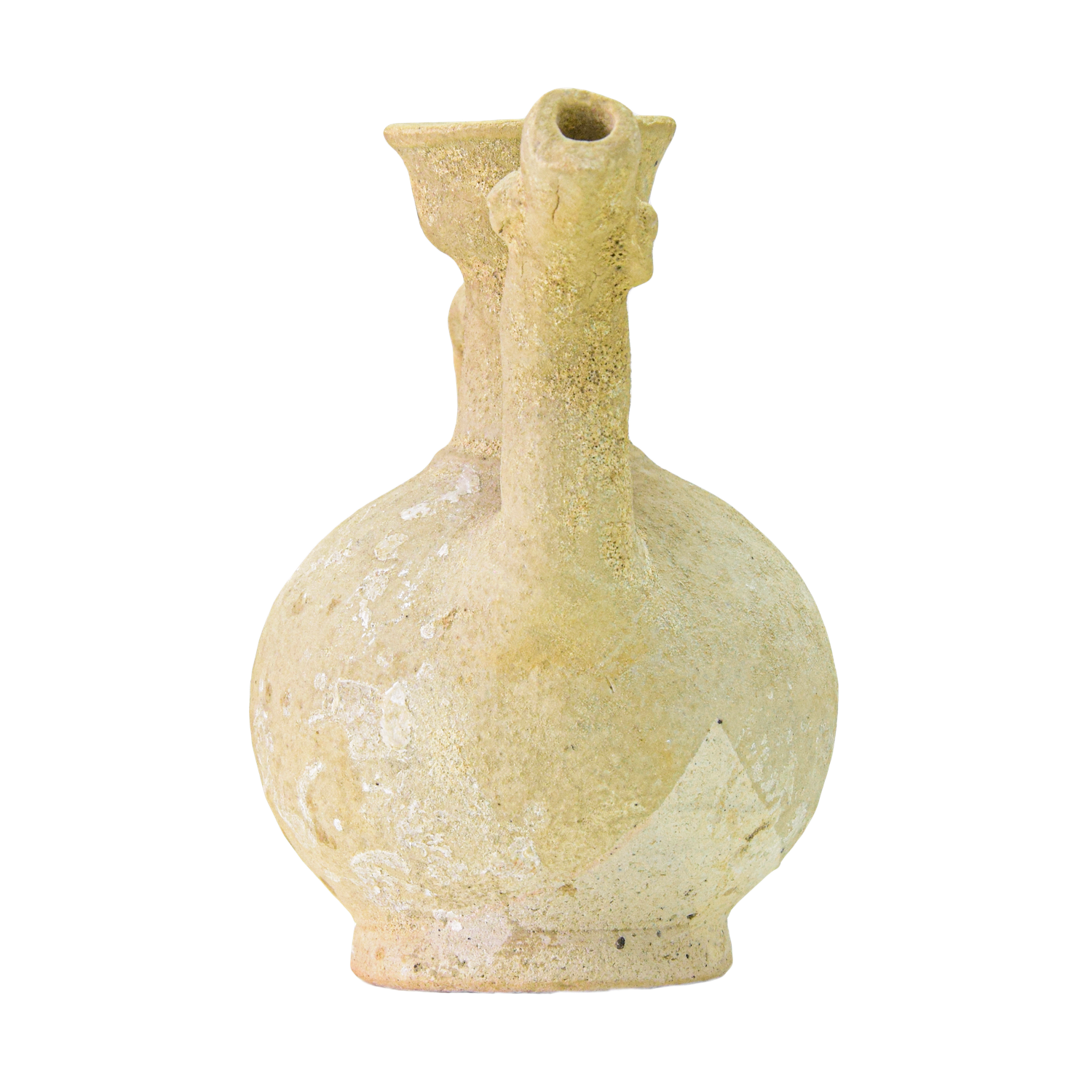
.jpeg)
.jpeg)
